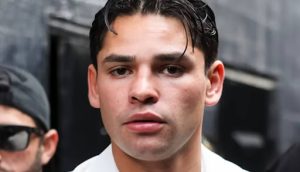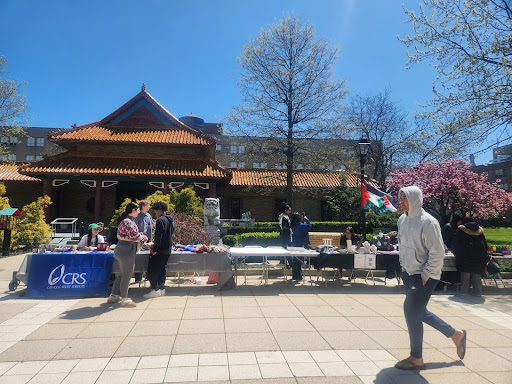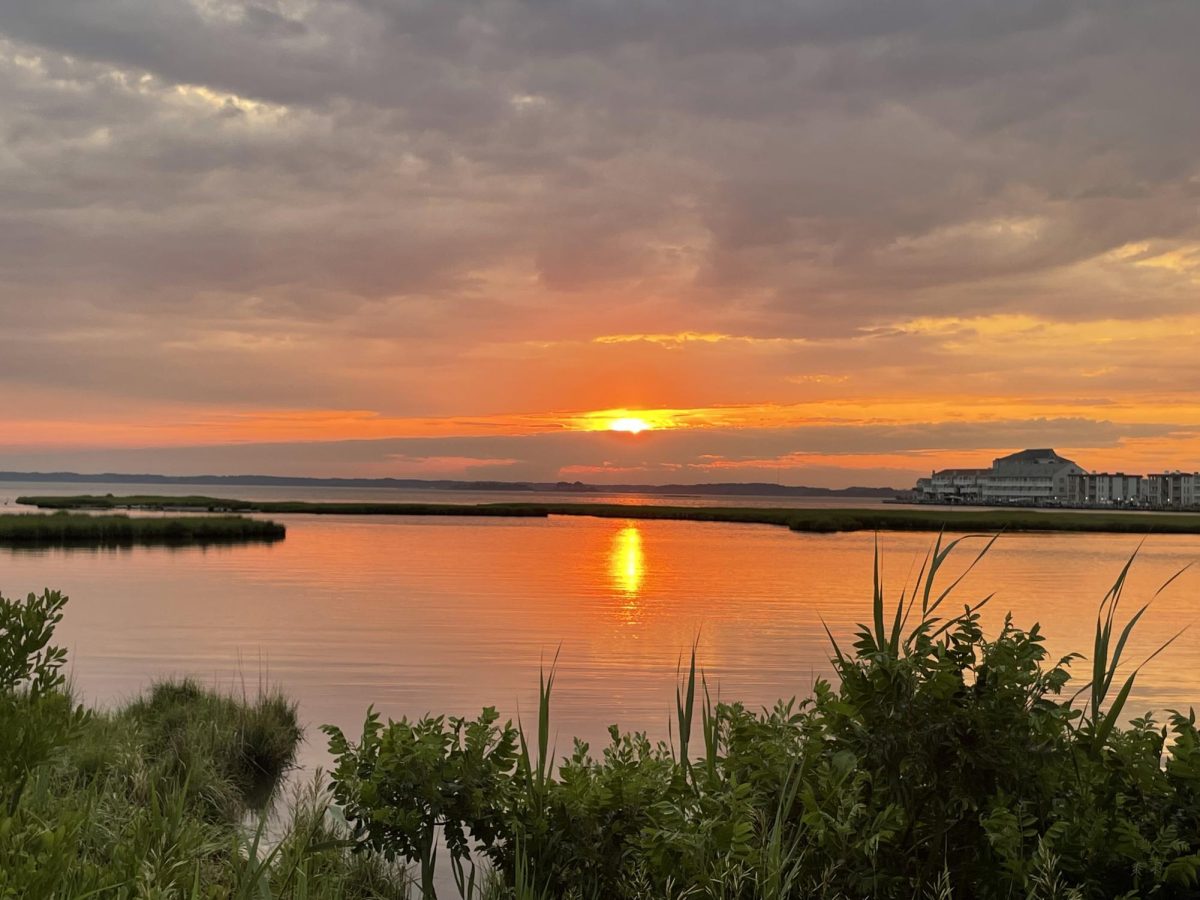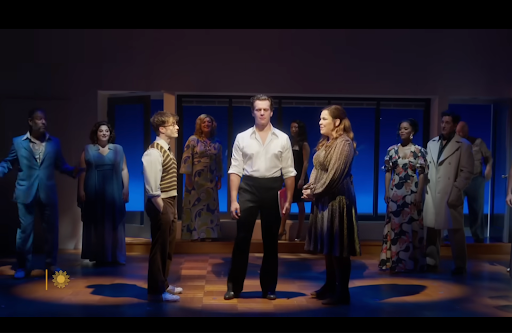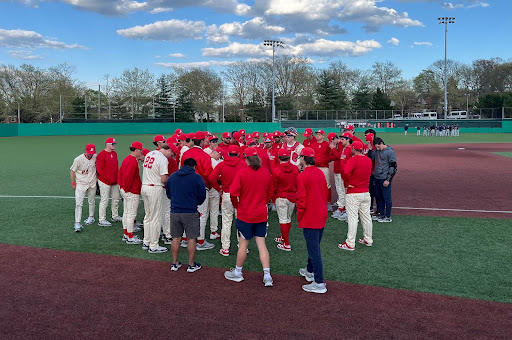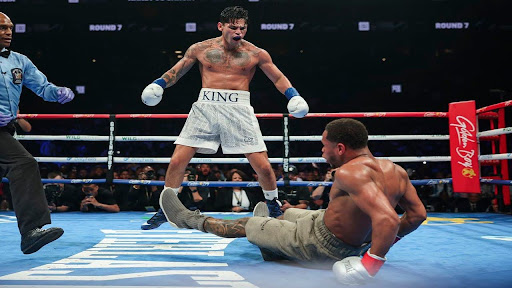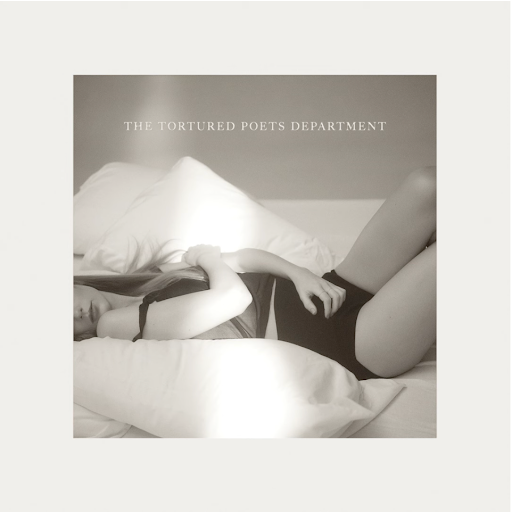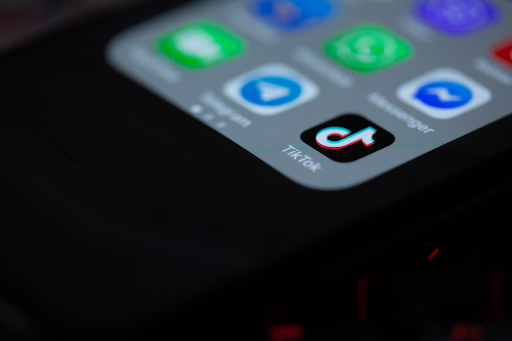Tens of thousands of Americans tuned in this past weekend as Pope Benedict XVI said mass before 60,000 people at Yankee Stadium. The event, which concluded the Pope’s historic trip to the United States, was considered by many to be the most pivotal moment of his visit.
But looking back on the Pope’s trip, one event seems to stand out above all others: his visit to a New York City synagogue on the eve of Passover, the first time a Pope has ever visited an American synagogue, and only the third time a modern Pope had visited any synagogue.
While there, Pope Benedict XVI encouraged Catholics to continue to, as he said, “build bridges of friendship with all the many different ethnic and religious groups present in your neighborhood.”
The Pope’s statements could not have come at a more appropriate time.
Just last week, the Torch printed a letter by a student upset over a Hindu student’s remarks at an inter-faith event on campus. By the end of his letter, the writer questioned the University’s decision to allow a Hindu Students Association – a statement that evoked extensive and passionate responses from readers.
Despite the controversy, the letter was certainly successful in creating a dialogue among students about religious tolerance, and caused me to consider one important question: what exactly is the role of a Catholic University in the modern world?
To some, the very term “Catholic University” may seem oxymoronic; many might question how an institute of higher learning, dedicated to educating students through free and open discourse, can truly uphold those principles if modified by a religious affiliation. Could it stifle some academic thoughts? Could it result in “too Catholic” a student body?
In actuality, the St. John’s student population is anything but homogenous. The University has one of the most religiously diverse student bodies in the country.
According to statistics available on the St. John’s Web site, only around 50 percent of students identify themselves as Catholic. This is a far cry from other prominent Catholic universities.
For example, the University of Notre Dame is about 82 percent Catholic. And the Assistant Vice President of Student Life at the Franciscan University of Steubenville in Ohio told a Torch reporter last semester that her school’s student population is an astonishing 99 percent Catholic.
Franciscan’s religious homogeny is startling, especially when compared to the diverse population found at St. John’s. After all, here, the Muslim Students Association is one of the University’s Big 10 organizations and clearly one of the most visible groups on campus.
Saman Hasan, the current president of MSA, said that being a Muslim at St. John’s is not intimidating in the least, and that the religious diversity on campus is a beneficial complement to what can be learned in the classroom.
“We’re lucky because here, MSA is one of the biggest organizations,” she said. “There are so many Muslims, even at a Catholic University, that sometimes you forget you’re even at one.”
She went on to note that the core theology classes and her suitemates, who are devout Christians, have helped her learn more about other faiths.
“Going to St. John’s has definitely broadened my horizons in terms of religion,” she said.
Hasan went on to note that she would most likely feel uncomfortable at a university like Notre Dame or Franciscan. “Here at St. John’s, we break our fast together during Ramadan,” she said. “But over there, I think I would be the only person, so it would be really hard to be by myself.”
Shreshth Jain, president of the Hindu Students Association, shared similar thoughts as Hasan and said that back when he was an incoming student, he looked forward to having the opportunity at St. John’s to learn more about Catholicism.
“Even if you don’t care about Christianity, Catholic theology is such a big part of society,” Jain said. “You need to have an understanding of it.”
Jain said he enjoys the diverse population at St. John’s and thinks that what he has learned outside of the classroom – from his friends of different faiths – has helped shape his tolerance and respect of other religions.
“Inside the classroom, you learn raw knowledge that might or might not foster tolerance,” he said. “But outside the classroom, you are no longer reading about it, but seeing people practice their faith. It adds a humane aspect to the religion.”
There’s a lot of truth in that statement. My experiences outside the classroom at St. John’s have been just as beneficial as Jain’s and Hasan’s. Friends and colleagues of mine who are not Catholic have taught me a tremendous amount about their religions and have enhanced my education here much more rapidly than any classroom could have.
St. John’s often prides itself on being one of the top Catholic Universities in America. But we all know, from reading U.S. News and World Report rankings, among other things, that the University is far from providing the same academics as the likes of some Catholic schools like Notre Dame.
But perhaps, through its significantly diverse student population, St. John’s has distinguished itself above many of its peers, embodying exactly what Pope Benedict XVI meant this past week when he urged Catholics to build “bridges of friendship” with different religious groups.
Fr. James Maher, vice president of Student Affairs, would most likely agree. “I think it’s important to realize that there is truth in each religious tradition,” Maher told a St. John’s reporter last semester.
“I think that we’re always enhanced by the diversity of others,” he added.
While last week’s Torch’s controversial letter to the editor may have caused a slight stir around campus, it certainly raised some interesting questions – ones that seemingly have no definite answer.
The role of Catholic Universities will always be in question, so long as they exist. And debates on whether some are “too Catholic” or “not Catholic enough” will most likely persist as well.
But St. John’s, from the overwhelming responses I’ve heard from students this past week, seems to have gotten this one right.
It’s a valid point to say that there can be no link between “Catholic” and “University.” But I would argue that it is possible; both religious instruction and academic freedom can, in fact, be achieved.
And St. John’s, regardless of what some may say (or write), is a solid example.



